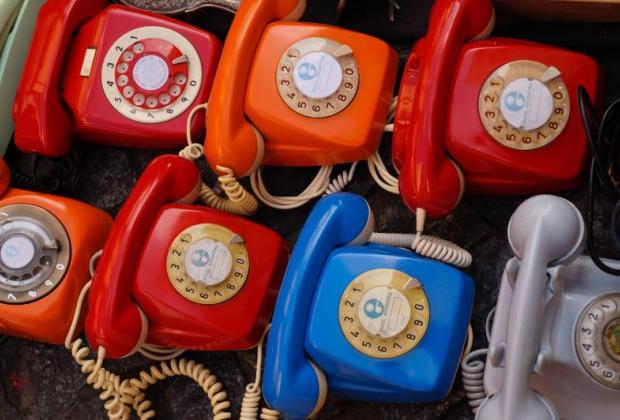
In an age of instant communication, when the internet with all of its social media and other sites are just a click away, how do you use your phone? Is telephony still a key element of a robust business communication plan, or is it merely seen as a sideline to a website-based world?
Looking at covid responses over the last year it would seem that the answer may well depend on the business. Whilst some seem to have gone out of their way to ensure that customers can still phone them as required, others seem to have used working from home as an excuse to cut off all phone contact. And as a consumer, this writer would really prefer to pick up the phone and ask the question when the FAQs don’t give an answer rather than send off an e-mail and wait for several weeks for a generic response as happened with one company recently.
Be that as it may, how do we really see and use our phones? In a spirit of enquiry, Ofcom recently conducted a twitter poll to find out? Remembering that the answers may well have been skewed by the proportion of people who happened to be on Twitter and who happened to see the poll, the answers were quite revealing. For example, 56% of us don’t bother to memorise phone numbers any more, whilst some two thirds of us apparently take our phones to the loo. Would Alexander Graham Bell have envisaged that when he submitted his first phone patent some 145 years ago!
When it comes to speaking on the phone the picture is more mixed. Whilst over fifty percent of people said they spoke less on the phone than they used to ten years ago, a third have found themselves using their phones more to talk to others. Again this may be as a result of a need to keep in touch with friends and family during lockdown but it also shows that we haven’t given up on our phones as a means of communication just yet.
And that’s an important message for business. When we design our communications matrix, we should include our business telephony system as an integral part of the mix. And yes, that will take a bit of initial planning; firstly ensuring that the phone number type chosen is right for the intended audience, before designing call pathways which will optimise the business’ response to callers. Virtual switchboards can help here, enabling businesses to flexibly react to changing circumstances by programming and reprogramming how calls are routed to various extensions or external phone numbers as required. And when it comes to a choice of numbers; well, why stick to one number when you can mix and match local, national or international numbers depending on your intended audience.
How do you use your phone? Perhaps we should instead be asking, as a business how do you use your phone system to help customers, suppliers and others to stay in touch?